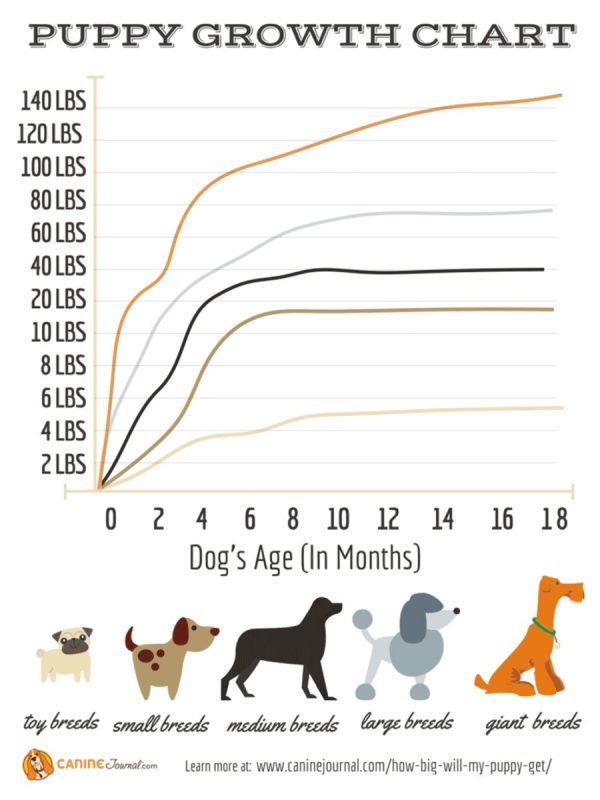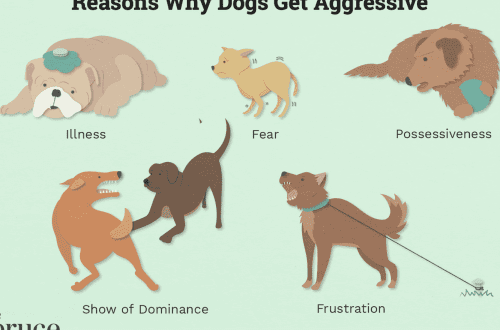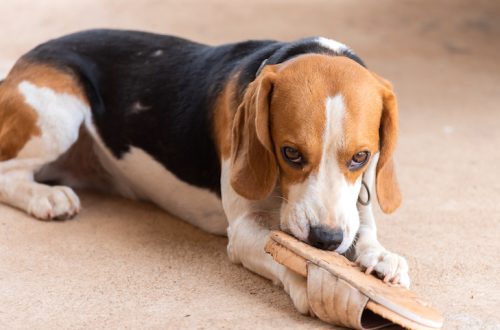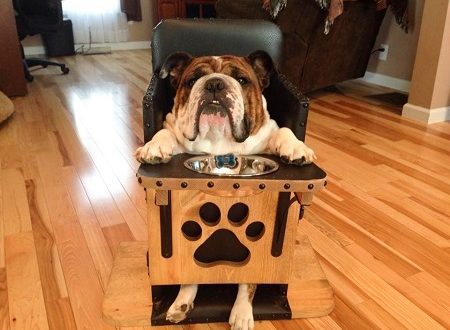
Su'e le lapo'a o se maile matua mai se tamai maile
Some before/after collages not only delight, but also shock. For example, when in the first photo the puppy is placed in the owner’s palm, and in the second the person is no longer visible behind the huge dog. How to avoid such a situation – or at least prepare for it? Let’s figure it out together with Hill’s veterinarians!
Mataupu
The journey from puppy to adult dog
The growth of puppies occurs unevenly – at each stage, individual parts of the body develop intensively. At first, puppies rapidly gain height, and later they begin to grow in breadth. That is why babies often look ridiculously disproportionate, and especially they have protruding ears that “grow up” before the rest of the body.
The basis for the healthy growth of puppies is laid in the first month of their life – with proper development, in such a short time they grow 5-6 times! The average weight of a monthly puppy is 2-3 kg, while they are born with a weight of 300-500 g. Fortunately, such sharp jumps in weight should not be expected in the future – for example, in the second month, puppies can increase no more than twice.
But still they continue to grow intensively – at least in the period from 2 to 6 months, in large and giant breeds of dogs, the growth phase is longer. During this time, the weight of the puppy increases by another 3 times, the limbs increase in approximately the same way. It is interesting that puppies of small and medium breeds during this period are formed more intensively compared to large ones.
After six months, growth slows down, although over the next few months, puppies can increase their weight by another 25-30%, and growth at the withers by 10%. Thus, by 10-12 months, most puppies turn into full-fledged dogs. If at this stage all family members still fit in the apartment, you can breathe a sigh of relief!
Most dogs reach their maximum height by 1 year, but in some breeds this process can take another 6-12 months.
How does a dog’s gender affect its size?
Sexual dimorphism in dogs can be observed when comparing body size, the ratio of muscle and bone mass, and the shape of the head of animals of different sexes. Males of most breeds are larger and more massive than females, and are also more physically hardy and aggressive. With a pronounced sexual type, the sex of an animal can be determined even from afar – by its massive skeleton or its smooth lines.
The difference in the parameters “M” and “W” can be traced in the tables, which are located in the next paragraph of the article. And also – to find in them an exception to the rule: a breed in which females have more weight. Hint: this is the sacred dog of the Chinese emperors.
Sexual dimorphism is pronounced in adult large breed dogs, but may not be noticeable at all in puppies or small breed dogs.
Breed = predictability?
In the case of purebred puppies, surprises are unlikely – to find out the approximate parameters of an adult, just look at the breed standard. This document describes the breed pattern in sequence – literally from head to tail. And here are the height and weight standards set by the International Cynological Federation:
Fa'ato'aga laiti
Faʻasologa | tuputupu aʻe | mamafa (tane) | mamafa (fa'afafine) |
Jack russell terrier | cm 25-30 | 6 - 7 kg | 5 - 6 kg |
Yorkshire mausali | cm 15-17 | 2 - 3 kg | 2 - 3 kg |
Papillon | cm 20-28 | 3 - 5 kg | 3 - 5 kg |
pekingese | cm 15-25 | A'o le'i 5 kilokalama | A'o le'i 5,5 kilokalama |
Pomeranian Spitz | cm 18-22 | 2,2 - 3,2 kg | 1,4 - 2,5 kg |
French Bulldog | cm 25-35 | 10 - 15 kg | 8 - 12 kg |
Chihuahua | cm 17-23 | 2,3 - 3 kg | 1,8 - 2,5 kg |
Fa'atupu feololo
Faʻasologa | tuputupu aʻe | mamafa (tane) | mamafa (fa'afafine) |
American spaniel moa | cm 36-41 | 13 - 16 kg | 12 - 15 kg |
Igilisi bulldog | cm 38-42 | 24 - 25 kg | 22 - 23 kg |
manu a Afghan | cm 60-74 | 20 - 25 kg | 15 - 20 kg |
Collie Rough | cm 51-61 | 20 - 30 kg | 18 - 25 kg |
siberian husky | cm 51-60 | 20 - 27 kg | 16 - 22 kg |
Welsh corgi | cm 25-33 | 10 - 14 kg | 9 - 12 kg |
Sharpe | cm 45-50 | 23 - 25 kg | 20 - 22 kg |
Fa'ato'aga tetele
Faʻasologa | tuputupu aʻe | mamafa (tane) | mamafa (fa'afafine) |
Alapai | cm 70-80 | 72 - 80 kg | 65 - 72 kg |
Igilisi mastiff | cm 69-79 | 71 - 73 kg | 67 - 69 kg |
Dalmatian | cm 56-59 | 26 - 28 kg | 23 - 25 kg |
Doberman | cm 63-72 | 40 - 45 kg | 32 - 35 kg |
Le toe auro | cm 51-61 | 27 - 36 kg | 25 - 32 kg |
Maile taifau | cm 72-90 | 63 - 79 kg | 50 - 63 kg |
Siamani Siamani | cm 55-65 | 30 - 40 kg | 25 - 32 kg |
When buying a purebred puppy, it will be useful to know the dimensions of his parents or to learn about the height and weight of puppies from previous litters of this pair of dogs. This is a more reliable guide than the average values for all representatives of the breed.
How to determine the size without breed
Predicting the future size of a purebred puppy is not always possible even for an experienced cynologist. However, it is worth a try – valuable information can be obtained by examining the chest, skull and muzzle. And you should focus on the current weight of the puppy only if it was not picked up on the street – yard dogs are almost always malnourished, which means that their dimensions do not correspond to the norm.
Some dog lovers generously share a life hack: it’s all about the paws! And they explain: if a puppy has big paws, he simply has to grow up the same way. However, we do not recommend taking this as an axiom – the impressive size of the paws of a tiny dog may be due to the same uneven development as too large ears in the first 30 days of life.
Do not rush to conclusions: a small puppy with big paws in a year can become a big dog with small paws.
How to determine the breed without documents
But what if the new family member is not a mongrel at all, but a representative of some breed? (Or even not one – which is most likely). This will become obvious only after a year, when the signs of the breed appear in full. And before that, you should not trust even such an obvious characteristic as wool. The first 12 months she is very fickle!
However, there are several methods:
- Fautuaga poto
A veterinarian or dog handler is likely to be able to determine the breed.
- Assessment of the condition of the teeth
For many dog breeds, special exhibition schedules have been developed that contain detailed information about the change of milk teeth, as well as temporary abrasion of permanent teeth. However, these data will help only puppies with the correct bite to find “their own”.
- DNA suʻega
The most reliable, but also the most inaccessible method. Genetic analysis will cost a lot, if you can do it at all – such a service has not yet become widespread.
- Photo recognition
Probably the most fun (and easiest) method! It is enough to upload a photo of a pet to a special website or application and wait for the verdict. The system or online experts will help determine the breed.
To date, there is no unambiguous formula for determining the future size of a puppy. But there is a universal recipe for how to grow it healthy and happy: regular trips to the veterinarian, a walking regimen, a properly selected diet, special toys and, of course, loving owners. And more space, just in case.





